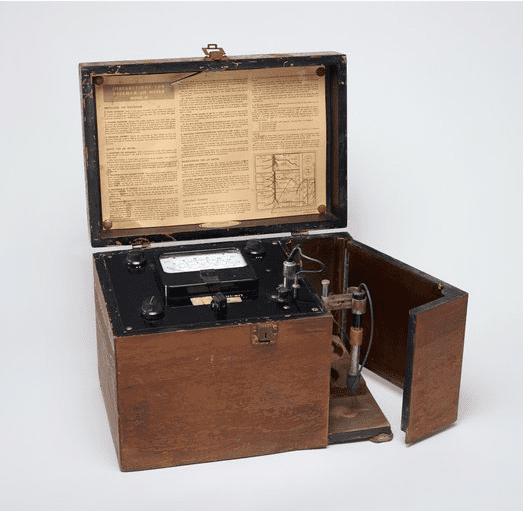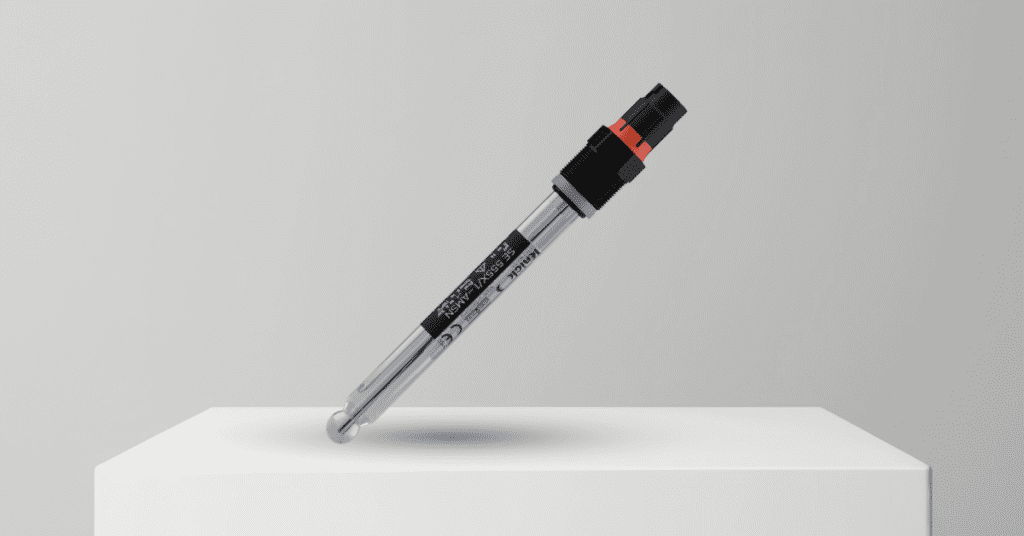In the Beginning
Humans have experimented with the concept of pH (potential of hydrogen—we’ll get to that) before having any idea of what it actually was. However, the brew-masters, sommeliers, and garment makers of ancient times certainly understood the concept of acidity. Questions like, ‘Does this wine sizzle? Is this bread sour? Does this color change nicely?’ were about the extent of these ancient chemists’ understanding of pH as we know it. Despite their lack of equipment and conceptualization, they had the right idea.

While tradesmen like brewers and garment dyers were able to find repeatable methods that would assure their consumers wouldn’t be left totally guessing on whether the latest batch was acceptable or not, there was still a lack of quantifiable accuracy.
So how did we get to a modern understanding of the effects of acidity, i.e., pH, and how it can vastly alter things like food & drink or chemical compatibility in industrial processes? In this little history lesson, we’ll skim through the origins of pH from its conceptual birth all the way to its impact on the modern industrial world.
The Power of Hydrogen
Having touched on the archaic understanding of acidity, it wasn’t until the early 20th century that scientists came to an understanding of the impactful effects that ionic activity had on things like chemicals and proteins.
Søren Sørensen was the director of the chemical department at the Carlsberg Research Laboratory in Copenhagen, Denmark. By 1909, Sørensen was researching ionic concentration’s effect on various proteins. Proteins are heavily influenced by ions, and more specifically, as Sørensen found, hydrogen ions. Hydrogen ions significantly altered protein structure and enzyme activity. The alterations were so significant, Sørensen needed a way to quantify the concentration of hydrogen ions. Thus, at his station in the Carlsberg Laboratory, he created the pH (potential/power of hydrogen) scale we know today. Ranging from 0-14, 0 refers to the most acidic solutions, 7 for bases, and 14 for the most alkaline solutions.

Sørensen’s numbered scale, merged with the common color indicators of the day, is the same scale we were all introduced to in elementary school at one point or another. You remember dipping a piece of litmus paper into some lemon juice, right? The color change of the paper would align with a number on a scale. You can thank Søren Sørensen for that memorable lesson.
The Push for Precision
While scientists now had a rough understanding of a solution’s pH value based on the new scale, it still lacked ultimate precision. For more sensitive research taking place in the medical field or industrial processes, accuracy was of the utmost importance. Despite the creation of Sørensen’s scale, the use of colored strips was still the dominant method of measuring acidity. There was a need for a device that could accurately measure a solution’s pH according to the scale designed by Sørensen, and that’s where Arnold Beckman and the first electronic pH meter stepped in.
After being prompted by a former classmate who was employed by citrus grower Sunkist (not the drink), Alfred Beckman got to work on the first electrical pH meter. Sunkist was having trouble with the precision of their pH measurements, being held back by the litmus paper tests that were still the dominant method of measuring pH at the time.

Beckman got to work on and eventually produced the Model G Acidimeter, (eventually named the Model G pH Meter). The Model G was the first fully functional, electrical pH meter. This device featured an electrochemical cell, electrode, calibration dials, and a measuring gauge (sound familiar?) all in one unit. This breakthrough in pH measurement was such a hit, Beckman eventually mass produced them, selling hundreds of thousands of units over its lifetime.
The Modern Era
Like any technological advancement, things improve over time. While Beckman’s Model G served its purpose for the pH demands of the time, the wooden box gizmo eventually lagged behind the demands of the process industry. So meters (sensors) got smaller. And smaller. And smaller. Fast forward 80-ish years or so, and we have the typical models you see today. Electrochemical cells, electrodes, hydrogen ion reactive glass, all compacted into the familiar cylindrical shape we know today.

So there you have it: a brief history of pH. From fizzy wine to properly separated proteins in pharmaceuticals, pH as we know it is a foundational principle in the industrial and consumable markets today. Of course, there’s always room for innovation. Sensors could very well get smaller, become more robust, and even faster than they are today. With advancements in sensor design, digital diagnostics, and automation, the demand for innovation in liquid analytics has never been higher. No matter the direction these innovations take, M4 Knick (and you if you’ve made it this far into our history lesson) will likely follow it.
